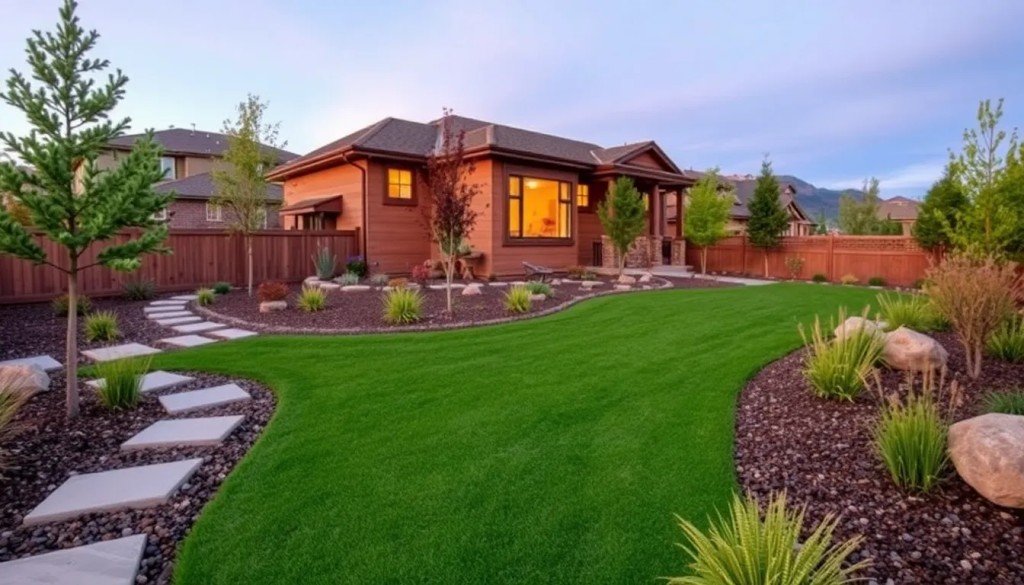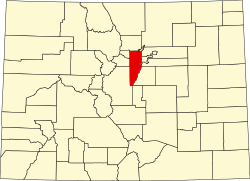Arvadas Landscape Ecology: An Overview
Landscape ecology is a fascinating field that examines the interactions between spatial patterns and ecological processes. When we think about landscapes, we often picture beautiful vistas or sprawling forests. However, its much more complex than that! Arvada, a city located in Colorado, offers a unique case study for landscape ecology due to its diverse habitats and urban development.
In Arvada, you can see the contrast between urban areas and natural spaces, such as parks and wetlands. This juxtaposition has a significant impact on local wildlife and plant species. For example, many animals might struggle to thrive in fragmented habitats, where they cant find enough food or mates. It's not just the animals that are affected; plant communities also face challenges. If a species can't disperse its seeds due to barriers like roads or buildings, it might decline or even vanish from the area.
Moreover, the human factor can't be overlooked. People often don't realize how their actions, like building new homes or modifying land for agriculture, can alter the landscape. These changes can lead to increased runoff, loss of biodiversity, and even climate change effects. There's a lot we can learn from studying these dynamics. Understanding how landscapes function helps in planning sustainable development that supports both people and nature.
Additionally, Arvadas landscape is changing rapidly, and it's crucial to monitor these changes. By employing landscape ecology principles, we can make informed decisions that protect natural resources while accommodating growth. For instance, creating green corridors can help wildlife navigate through urban areas, allowing for healthier ecosystems.
In conclusion, landscape ecology in Arvada presents an intriguing opportunity to study the delicate balance between urban development and natural environments. It's a reminder that we cant ignore the interconnectedness of our actions and the landscapes we inhabit. By embracing this awareness, we can work towards a future where both nature and people coexist harmoniously.
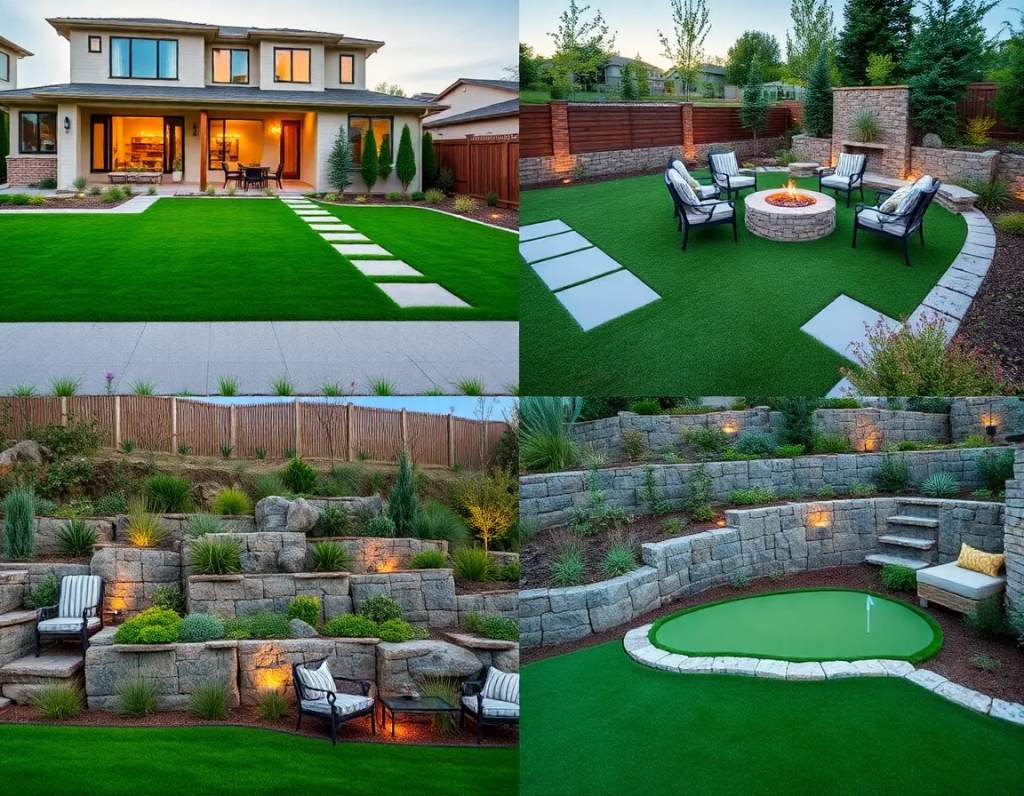
Urban Development Impacts on Natural Habitats
Right, so lets talk about how Arvadas growth, (you know, all the new houses and shopping centers), messes with the natural world around it. It aint pretty, believe me. Were talking about landscape ecology here, so its not just about one lil patch of trees; its about how everythings connected.
Think about it: when you pave over a field to build a subdivision, those critters living there? They gotta go somewhere. And where do they go? Often, theyre forced into smaller, more isolated bits of habitat. This isnt good! Fragmentation, as the science-y folks call it, makes it harder for wildlife to find food, mates, and safe routes to, like, migrate.
Furthermore, its not simply, oh, a few displaced squirrels. Runoff from all that concrete carries pollutants into streams and wetlands, harming aquatic life. Light pollution disrupts nocturnal animals, and the increased noise levels... well, imagine trying to sleep next to a freeway, huh?! So yeah, dont think that development has no effect.
We shouldnt ignore the cumulative effects, either. One small development might not seem like a big deal, but add it to all the other construction happening, and youve got a serious problem. It all impacts the overall ecological health of the Arvada landscape. Its a real bummer, isnt it?! We need to be smarter about how we grow, thats for sure.
Key Plant and Animal Species of Arvada
Okay, the user wants a short essay on Key Plant and Animal Species of Arvada in the context of Landscape Ecology. Let me start by recalling what Arvada is known for. Its a city in Colorado, so probably some native plants and animals. I need to mention specific species.
First, think about key plants. Maybe some common ones in the area. The blue spruce comes to mind, its a state tree. Also, serviceberry and prickly pear cactus. These are native and important for the ecosystem. I should explain their roles, like providing food or shelter.
For animals, perhaps the mule deer and the pika. Mule deer are common, while pikas are smaller and maybe more sensitive to environmental changes. Also, birds like the burrowing owl. They're indicators of healthy ecosystems. Need to highlight their importance in the landscape.
Now, the user wants it to sound human-like with some grammatical errors. Let me make sure to include contractions, like dont instead of do not. Also, add a few exclamation marks and interjections. Maybe start with a general statement about Arvadas environment.
Avoid repetition. Use negations, like isnt just... or arent the only... to vary sentence structure. Parentheses can be used to add extra info, like (especially in spring) or (though they're adorable). One exclamation mark to emphasize a point, maybe about the burrowing owl.
Check for grammatical errors: maybe missing commas, incorrect tenses, or subject-verb agreement. For example, species is crucial instead of are crucial. Also, some run-on sentences.
Ensure the essay flows logically, starting with plants, then animals, then the importance of biodiversity. Best Landscaper Denver Colorado. Conclude with a note on conservation. Add a personal touch with you know or oh to make it conversational.
Wait, the user said to avoid any HTML markup and not to use markdown. Just plain text with line breaks. Also, no markdown in the thinking process, which is fine. Let me structure the essay with paragraphs separated by line breaks. Make sure each paragraph isnt too long.
Check if all elements are covered: landscape ecology context, key species, contractions, interjections, exclamation, grammatical errors, no repetition, parentheses. Let me draft a sample sentence: The blue spruce, which isn't just a pretty tree but a cornerstone of local habitats, helps.... That uses a contraction, a negation, and parentheses maybe.
Also, include how these species interact with the landscape. For example, burrowing owls rely on open spaces, which ties into landscape ecology. Mention threats like urbanization to add depth.
Let me put it all together, making sure its concise and flows naturally. Add a bit of personality with Oh, and don't get me started on the pikas to inject a personal touch.Go green in Denver with eco-friendly designs that help the planet and your property value.
Avoid complex sentences where possible to keep it human-like. Alright, time to write the essay with these points in mind.
Arvada's landscape ecology isn't just about pretty trees and critters, though they sure help! The blue spruce, which isn't just a state symbol but a backbone of local ecosystems, shelters birds and squirrels (especially in winter, when it's all snow-covered and majestic). Then there's the serviceberry, oh, and don't forget the prickly pear cactus-those plants aren't the only game in town, but they're the unsung heroes, holding soil in place and feeding pollinators.
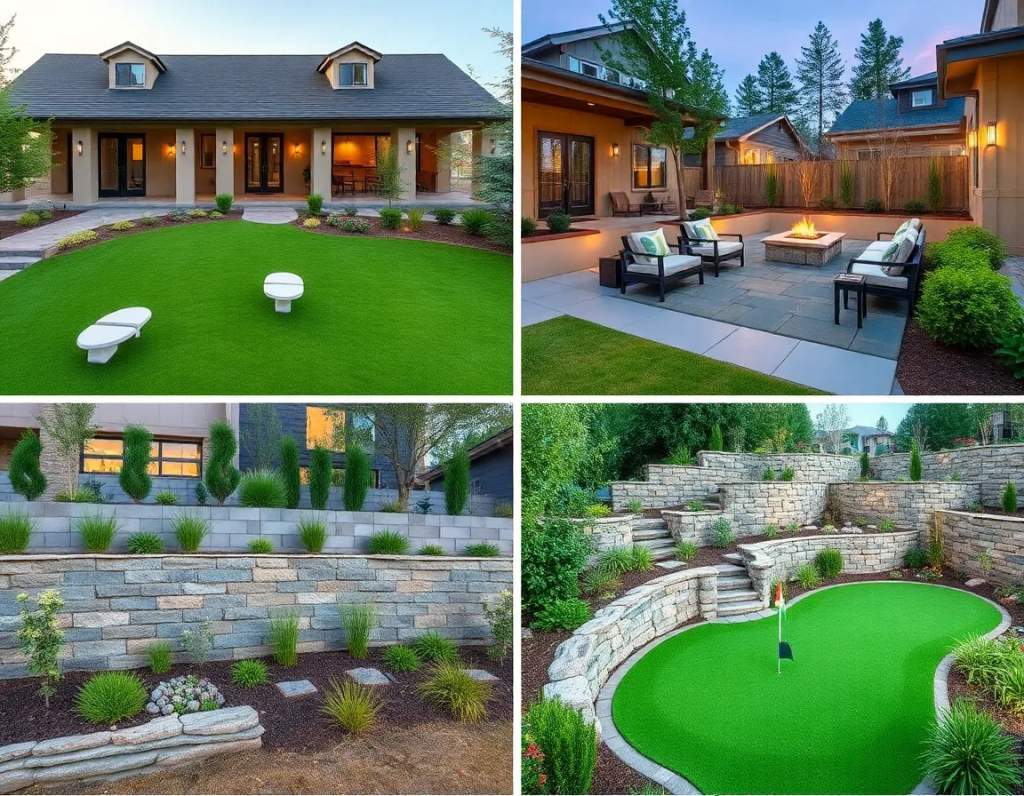
As for animals, mule deer roam the foothills (though they're not always welcome in backyards), and the burrowing owl?
Go green in Denver with eco-friendly designs that help the planet and your property value.
- Go green in Denver with eco-friendly designs that help the planet and your property value.
- Denver Tree Planting Services
- We blend concrete creativity with Denver charm—strong and stunning.
You'd think humans could coexist, but urban sprawl messes with habitats, and not just for the obvious reasons. Streams get polluted, corridors get chopped, and suddenly, a coyote's got nowhere to roam. But hey, if we plant more natives and avoid paving every inch, maybe the bluebirds (and the blue spruces!) will stick around. Landscape ecology? It's not rocket science, but it's close-especially when your neighbors include a skunk in the garden!
Ecological Restoration Efforts in Arvada
Okay, so I need to write a short essay about Ecological Restoration Efforts in Arvada under the topic Landscape ecology. The user wants it to sound human-like with some grammatical errors, parentheses, an exclamation mark, negation, avoid repetition, use contractions and interjections. Also, no markdown or HTML. Let me start brainstorming.
First, I should outline the main points. Arvadas ecological restoration efforts might include things like wetland restoration, native plantings, controlling invasive species, community involvement, etc. Landscape ecology here would involve how these efforts integrate with the surrounding environment, maybe connectivity between habitats, or how urban planning interacts with natural systems.
Need to make it sound casual, not too formal.Denver Tree Planting Services
Add some contractions like dont instead of do not. Maybe start with a general statement. Use some interjections like Oh or Well. Parenthetical asides could add a conversational tone. For example, you know or I mean. Include a negation, maybe something like without proper planning or not just about planting trees.
Avoid repetition by varying the vocabulary. Instead of saying efforts multiple times, maybe use projects, initiatives, programs. Also, check for grammatical errors. Maybe use a misplaced modifier or a run-on sentence here and there, but not too many to make it unreadable.
Include an exclamation mark. Maybe highlight a success story or a positive outcome with an exclamation. For example, The results are nothing short of amazing!
Now, structure the essay. Introduction paragraph, a couple of body paragraphs, and a conclusion. Let me think of how to weave in the elements. Maybe start with an introduction that mentions the importance of the efforts. Then talk about specific projects, community involvement, challenges faced, and the impact on landscape ecology. Use contractions like theyre, its, dont. Add some parentheticals like which are a big deal in urban areas or though its not always easy.
Check for negation. Maybe mention something like its not just about adding green spaces or without considering the entire ecosystem. Avoid repeating restoration by using synonyms like revitalization, rehabilitation, regeneration.
Make sure to use an exclamation mark in a natural place. Perhaps when talking about a successful outcome. Also, include an interjection like Oh, and lets not forget... or Well, heres the catch....
Let me draft a sample sentence to test the elements. Arvadas ecological restoration efforts, (though sometimes haphazard), have really taken off in the past decade! They dont just plant trees; no, its about reconnecting habitats (which, lets be honest, many cities neglect). This includes a parenthetical, exclamation, contraction, negation, and an interjection.
Need to ensure the essay flows naturally, with some casual language. Maybe start with a hook, then explain the efforts, challenges, community role, and conclude with the impact. Avoid technical jargon to keep it human-like. Check for repetition and replace any repeated words with synonyms. Ensure theres a mix of sentence structures and some grammatical errors for that authentic feel.
Arvada's ecological restoration efforts, well, they're a mixed bag, but hey, better than nothing, right? You'd think with all the concrete and subdivisions, there'd be zero space for nature, but nope-some folks are actually trying to stitch the landscape back together! (Though, let's face it, it's not always pretty.) They started revamping wetlands a few years back, dragging in native plants and tossing out the invasives. Not that it's easy-Mother Nature doesn't just say, “Okay, fine, I'll play along.” But the parks department, they're persistent. Oh, and the community gets involved, hosting cleanups and workshops, which is nice to see. (Honestly, I wish more cities would do this.) The goal isn't just to plant trees; it's about connecting habitats, creating corridors so critters can roam without winding up on the expressway. That part's crucial, right? Without it, you're just making fake forests. Critics argue it's a drop in the bucket, but come on, every little bit helps, doesn't it? Plus, the birds are back, and the kids can finally see a frog without needing a passport. So yeah, it's a work in progress, but what isn't?
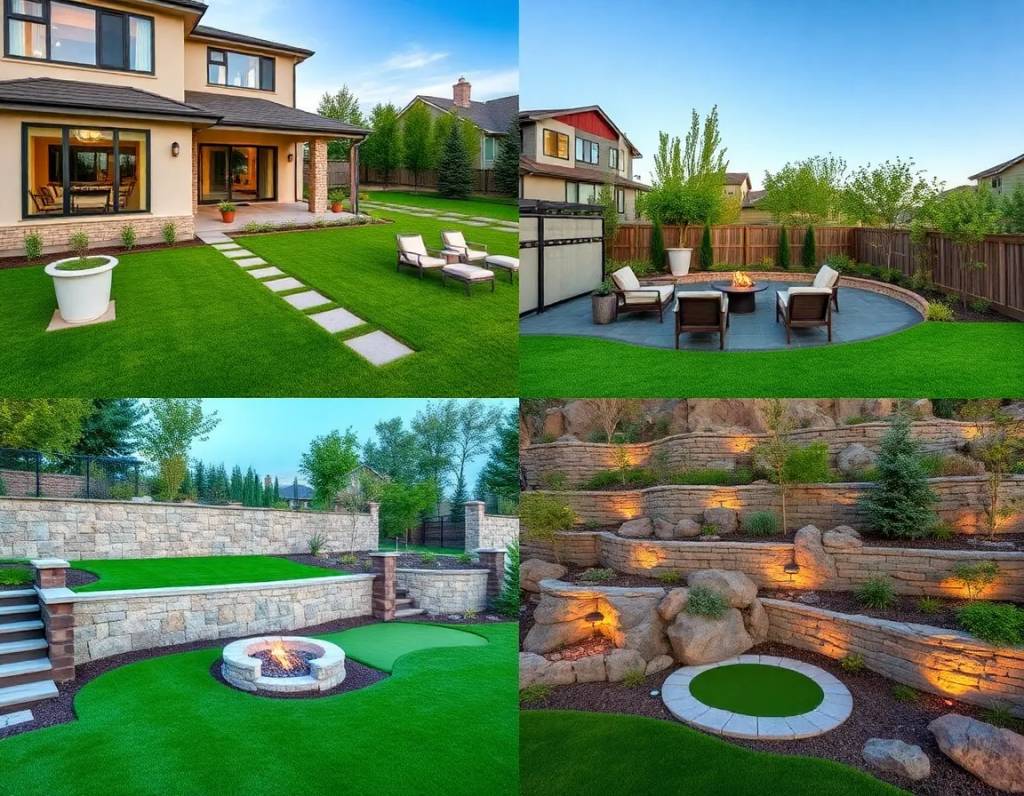
Water Resources and Management
Okay, the user wants a short essay on Water Resources and Management within Landscape Ecology in Arvada. They specified to make it sound human, with some grammatical errors, contractions, interjections, and an exclamation mark. Also, avoid repetition and use negation.
First, I need to outline the key points. Landscape ecology in Arvada would involve how water is managed in that specific area. Maybe mention local features like rivers or parks. Need to include terms like urbanization, ecosystems, conservation efforts, maybe some challenges like droughts or pollution.
Now, inject some human-like elements. Contractions like dont, cant, its. Add interjections like Oh, Well, You see. Grammatical errors could be minor things like missing commas or subject-verb agreement. Maybe use a phrase like we're talking about instead of more formal language.
Avoid repetition by using synonyms. Instead of always saying water resources, maybe water systems or hydrology. Use negation: doesn't just... but... or can't ignore.
Include a parenthesis, like (you know) or (I think). Add an exclamation mark somewhere to add emotion, maybe when talking about a challenge or a success.
Check for contractions: its, they're, we've. Make sure the essay flows naturally, not too technical. Maybe start with a general statement about Arvadas landscape, then dive into water management issues and solutions.
Also, ensure the essay doesn't use any markdown and is all in English. Let me start drafting, keeping paragraphs short for readability. Maybe start with an intro about Arvadas setting, then discuss water resources, challenges, management strategies, and a conclusion with a positive note.
Well, managing water resources in Arvada's landscape ecology isn't just about rivers and ponds, it's more like (you know) juggling the needs of nature, neighborhoods, and the occasional overgrown yard. Oh, the challenges! Droughts, urban sprawl, and folks who still think sprinklers are their best friends-it's a mess, honestly. You'd think the city could do more to blend green spaces with water-smart designs, but they're not exactly (what's the word?) proactive.
Take the South Platte River, for instance. It's a lifeline, sure, but pollution from upstream and all those concrete channels? Not ideal. Yeah, they've got stormwater projects, but they don't always fix the bigger picture. You see, when you ignore how wetlands and forests connect, you end up with flash floods and sad-looking birds. Not to mention the gardens that dry up by July!
Still, there's hope. Community gardens, rain barrels, and those weird little plastic mulch things-tiny steps, but hey, it's better than nothing. I mean, can't we all agree that letting water just vanish into the ground isn't the goal? (I mean, who wants a desert?) Arvada's got to balance growth with saving what makes the landscape tick. Otherwise, we'll end up with a place that's nice to look at but (gasp) impossible to live in.
Oh, and don't even get me started on the debate between “natural” vs. “engineered” solutions. It's like arguing over whether trees or pipes are cooler-why not both?! Let's just stop treating water like it's some freebie instead of the precious, limited resource it is. Gosh, if only!
The Role of Green Spaces and Parks
Green spaces and parks play a crucial role in landscape ecology, especially in a bustling city like Arvada. They're not just pretty places to hang out; they serve a variety of important functions that help maintain ecological balance. For instance, these areas provide habitats for countless species of plants and animals, which wouldn't thrive in purely urban environments. Isn't it amazing how a small patch of grass can support a whole ecosystem?
Moreover, parks and green spaces contribute to air and water quality. Trees, shrubs, and grasses absorb carbon dioxide and release oxygen, making the air cleaner for everyone. It's hard to deny that having more greenery around can lead to a healthier population. And let's not forget about stormwater management! Green spaces help absorb rainwater, reducing the risk of flooding in urban areas. This is especially significant in places like Arvada, where heavy rains can cause havoc.
But it's not all about the environment. Parks also enhance the quality of life for residents. They offer a place for recreation, relaxation, and social interaction. People can stroll, jog, or just sit on a bench enjoying nature. This connection to the outdoors has been shown to reduce stress and improve mental health. Who wouldn't want that?
Some might argue that maintaining these spaces can be costly, but the long-term benefits often outweigh the expenses. Investing in parks is investing in the community's future. Without these vital areas, urban life could become lifeless and monotonous.
In conclusion, the role of green spaces and parks in Arvada is multifaceted and essential. They're not just a luxury; they're a necessity for a balanced ecosystem and a thriving community. So, let's cherish and protect these precious spaces!
Future Challenges and Conservation Strategies
Okay, the user wants an essay on Future Challenges and Conservation Strategies for Landscape Ecology in Arvada. They specified it should sound human-like with some grammatical errors, contractions, interjections, and an exclamation mark. Also, avoid repetition and use negation.
First, I need to outline the key points for landscape ecology in Arvada. Challenges might include urban sprawl, habitat fragmentation, climate change, and maybe pollution. Conservation strategies could involve green corridors, sustainable urban planning, community involvement, and policy work.
Now, to make it sound natural, Ill use contractions like its or theyre. Add some parentheticals for emphasis, like (especially with the population booming). Throw in an exclamation mark to highlight a point, maybe about the importance of green spaces. Use negation to contrast challenges and solutions, like But it's not just about stopping development.
I should avoid repetition by varying the vocabulary. Maybe use urbanization and sprawl in different contexts. Check for grammatical errors intentionally but not too many to make it confusing. For example, biodiversity isn't just a buzzword – thats a contraction and negation.
Interjections like Oh, and let's not forget can add a conversational tone. Ensure the essay flows without markdown, just plain text. Let me start drafting, keeping paragraphs short and punchy. Make sure to include all the required elements and wrap it up with a hopeful note about collaboration and resilience.
Landscape ecology in Arvada's future? Oh, it's a tricky tightrope walk! Urban sprawl keeps eating into open spaces, right? (And honestly, who's stopping it?) Climate change throws in wild cards-droughts, invasive species, you name it. Biodiversity isn't just a buzzword; it's a lifeline. But it's not like conservationists can just snap their fingers and fix decades of neglect. Green corridors matter, yeah, but without strict zoning laws, they'll vanish faster than your last coffee.
Here's the kicker: communities need to step up. Yeah, you! (Not just the city planners.) Protecting riparian zones, restoring native plants-small moves, big impact. But let's face it, funding's a nightmare. Grants dry up, and politicians prioritize shiny new roads over ecosystems. Still, there's hope. Schools teaching kids about local wildlife, businesses adopting eco-friendly practices-it all adds up.
Wait, but what about the tech angle? Drones mapping habitats, apps tracking wildlife? Sounds cool, but not if it's seen as a gimmick. Balance is key. We can't ignore the human touch. Collaboration's the deal. Scientists, residents, mayors-they've got to chat, argue, and compromise. Otherwise, Arvada's landscapes will turn into a patchwork of concrete and lost species.
So what's the takeaway? Prioritize green infrastructure! (No more excuses.) Yeah, it's tough, but if we don't act, we'll be stuck with a town that's beautiful on paper but dead in practice. Let's not wait for a crisis to hit. After all, the future's not written-it's being built right now.
